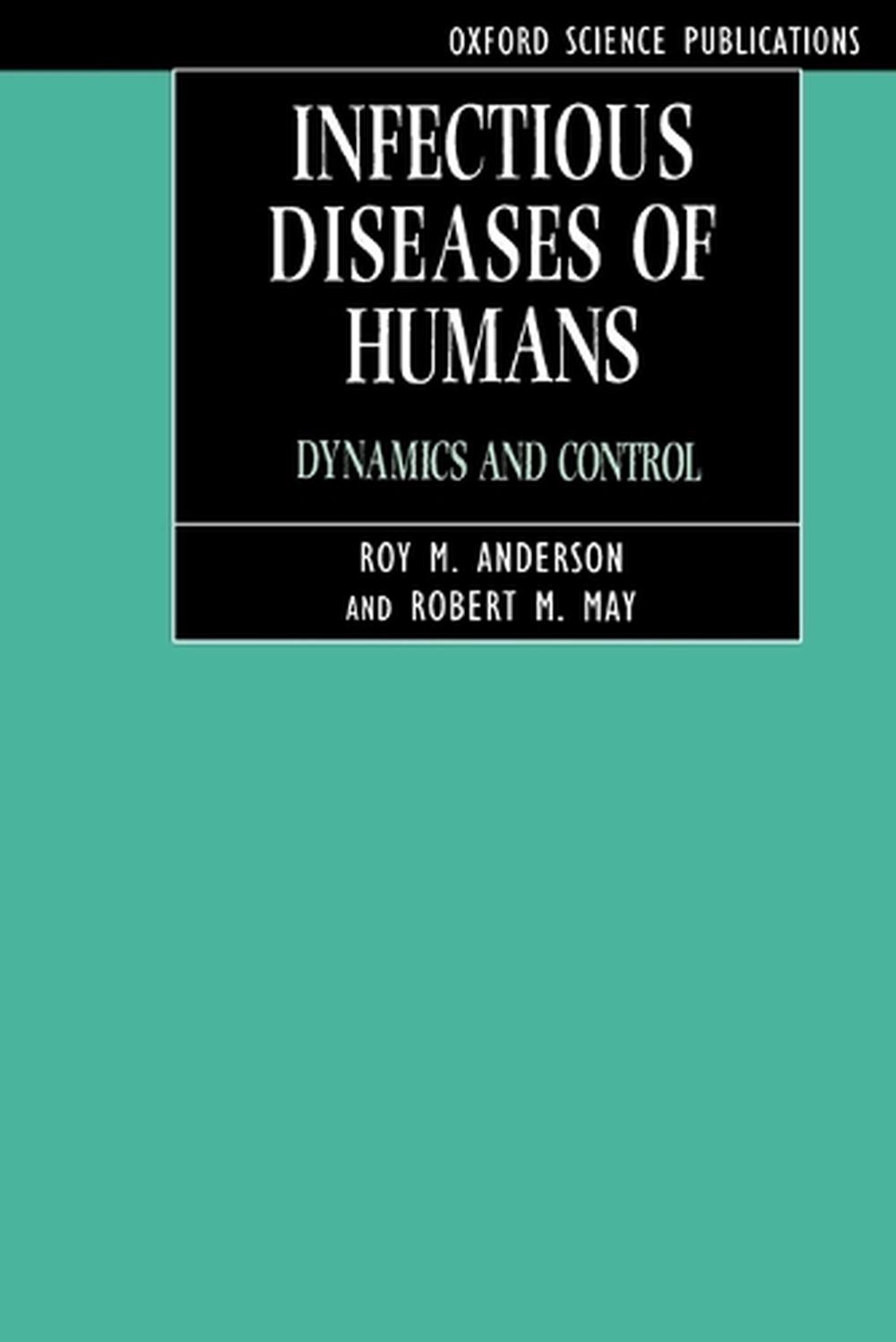
Summary
This book combines mathematical models with extensive use of epidemiological and other data, to achieve a better understanding of the overall dynamics of populations of pathogens or parasites and their human hosts. The authors thus provide an analytical framework for evaluating public health strategies aimed at controlling or eradicating particular infections. With rising concern for programmes of primary health care against such diseases as measles, malaria, riverblindness, sleeping sickness…
Book Details
| ISBN-13: | 9780198540403 |
|---|---|
| ISBN-10: | 019854040X |
| Author: | Anderson, May |
| Publisher: | Oxford University Press |
| Imprint: | Oxford University Press |
| Format: | Paperback |
| Number of Pages: | 766 |
| Release Date: | 27 August 1992 |
| Weight: | 1.07kg |
| Dimensions: | 233mm x 155mm x 43mm |
What They're Saying
Critics Review
‘Senior citizens of the medical profession who are faced with decisions about the direction of future efforts to control disease would do well to read this book, and teachers of courses on public health should find its perspectives invaluable.‘The Lancet’The authors repeatedly stress the importance of keeping the theory in close touch with the facts, and they have pulled together an impressive amount of data that illustrate the value of their mathematical models.‘Science’Aimed at epidemiologists, public health workers, parasitologists, and ecologists and filling a gap between mathematical texts on infectious disease dynamics and texts on epidemiological statistics, [this book] provides the tools for planning and monitoring control programmes … a major contribution.‘British Medical Journal’… it outlines a comprehensive framework for understanding the population biology of the infectious diseases that cause massive amounts of human suffering and untold economic loss. It is a very important book, lucidly written and exceptionally well organized.‘The Higher’they [do] offer it for review and synthesis and to stimulate interest rather than as a manual for the uninitiated … In this respect they have succeeded and their work is a major contribution.‘Karl G. Nicholson, Senior Lecturer in Infectious Diseases, Leicester, British Medical Journal, Volume 303, 1991’a convincing, authoritative and important book, and with perseverance has a lot to offer for anyone interested in the epidemiology of infectious diseases’David Isaacs, Immunology & Infectious Diseases, Vol 2, 1992’The Anderson-May book is a useful compilation of their results and ideas about epidemiological modeling. The authors have effectively blended modelling with data in their analyses of microparasitic and macroparasitic diseases. Their studies of idealized models yield results and concepts which are potentially very useful to epidemiologists and public health decision makers.‘Herbert W. Hethcote, University of Iowa, Bulletin of Mathematical Biology, Vol. 55, No. 2, 1993’The book represents a valiant and monumental effort to bring it all together, and certainly covers a broad range … the book is replete with graphic and fascinating examples in the epidemiology of infectious diseases, many of which would be suitable for use in teaching … will prove to be a landmark publication in its field. Its reasonable price will encourage a wide readership.‘P. Prociv, The University of Queensland, International Journal for Parasitology, Vol. 23, No. 6’excellent modern classic’Robin A. Weiss, Nature, Vol. 373, 1994
About The Author
Anderson
RACHEL ANDERSON, author of numerous children’s books, first introduced the character of Gabrielle in Little Angel Comes to Stay. She lives in England.
Returns
This item is eligible for free returns within 30 days of delivery. See our returns policy for further details.




